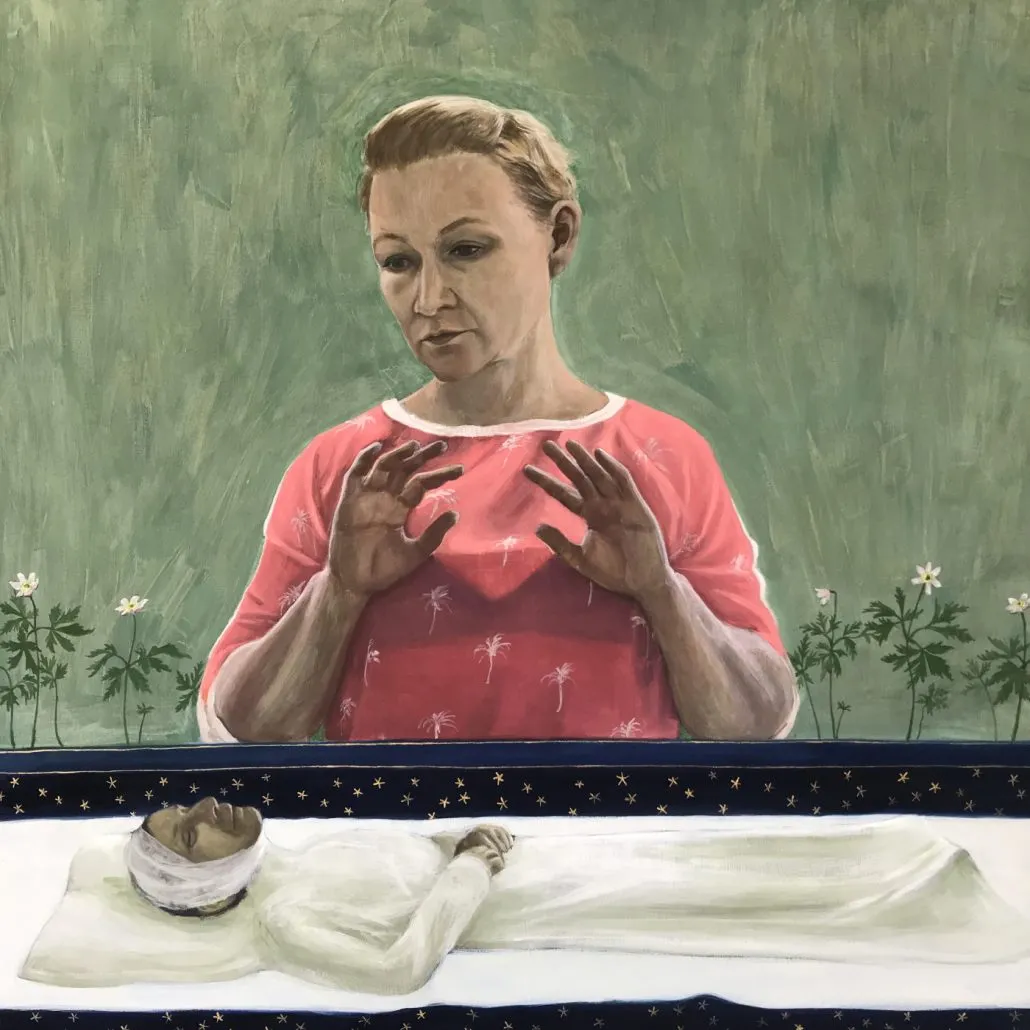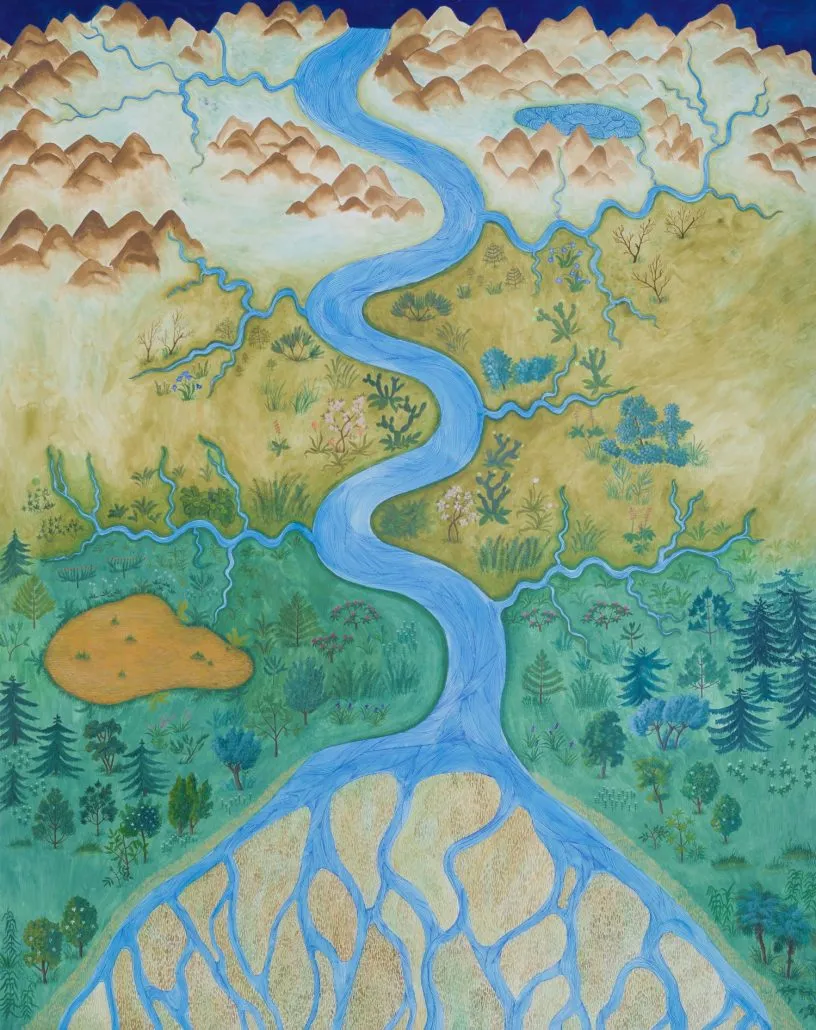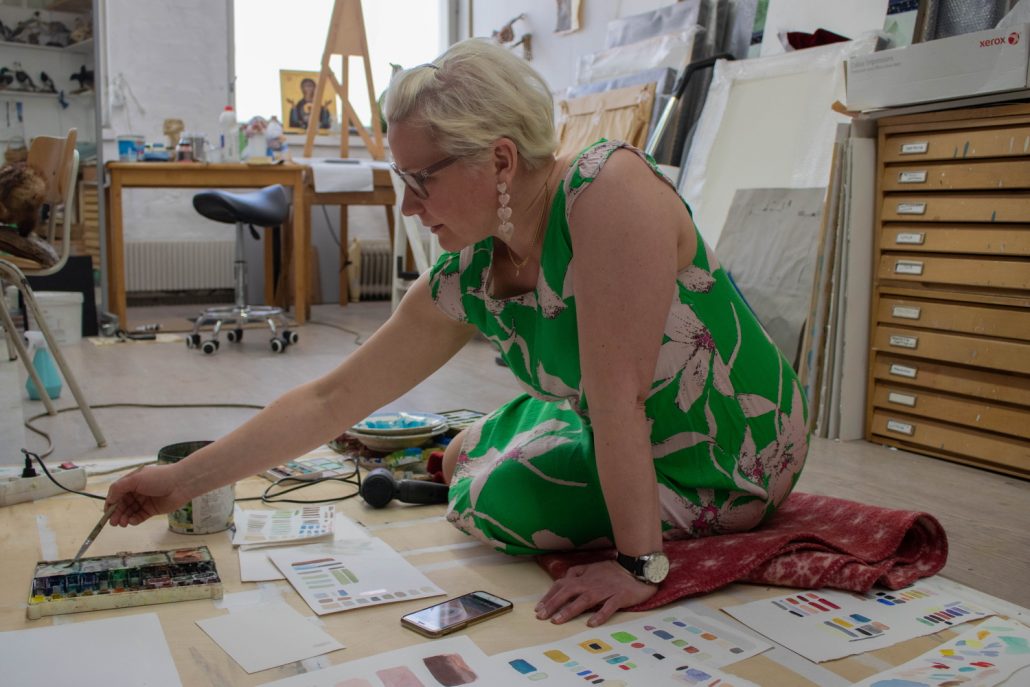Anniversary Exhibition Free 90 | HAM
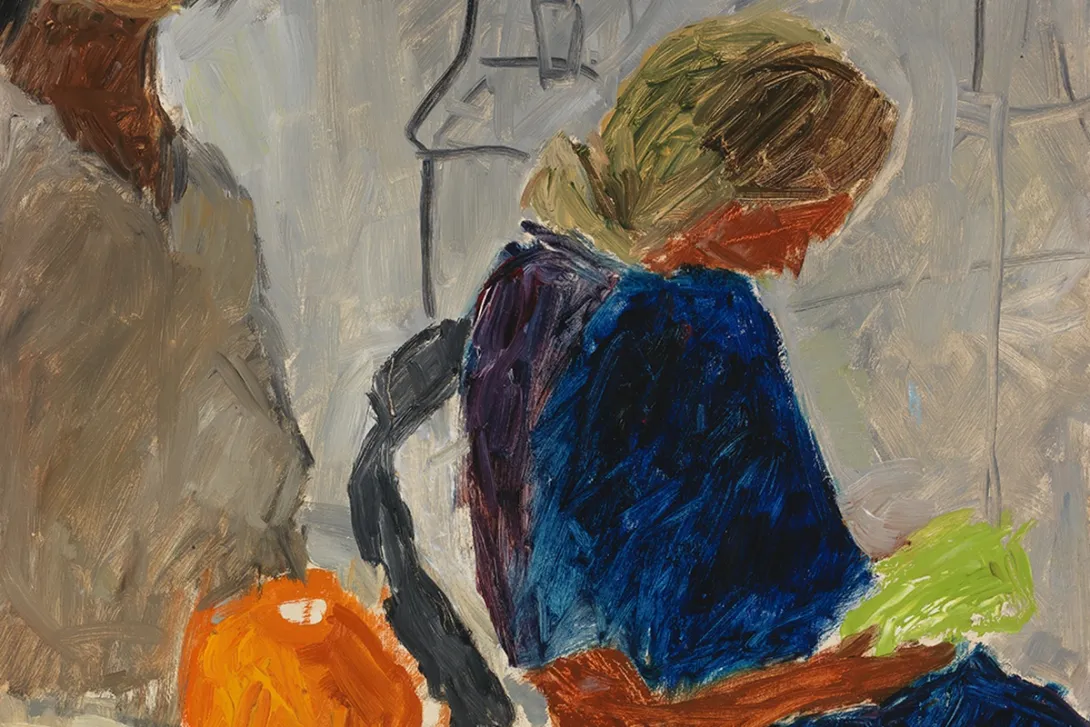
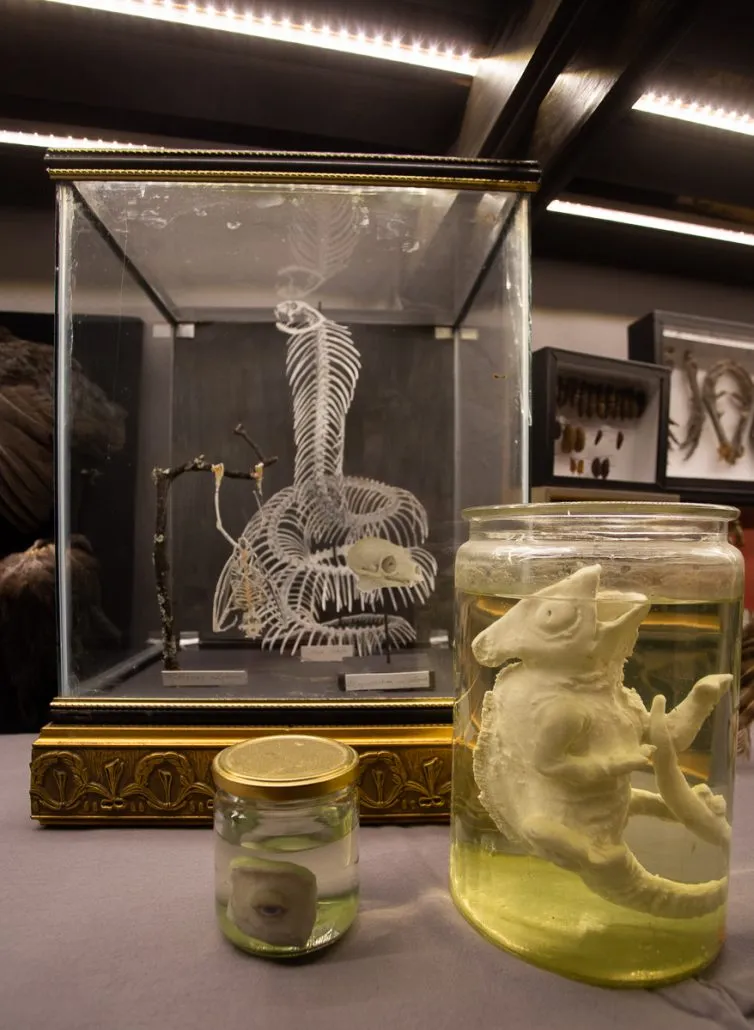
Pilvi Ojala is fascinated by, among other things, the Wunderkammer, which she describes as a cabinet of wonders or curiosities—a reflection of its collector, a collection that exists somewhere between reality and illusion.
Art school taught me to see things differently and to look at the world from new perspectives. It also helped me to come to terms with imperfection. I learned that the world accommodates many viewpoints, and that there is no single right answer. A sense of discipline and consistency in working has also been a valuable lesson.
I’d like to encourage honesty with oneself—the kind that keeps you from trying to make something that doesn’t feel true to who you are. The world is full of rules, so let art be a place where one can think and act freely. Of course, mastering the basics of visual art is essential, as it provides the tools for making. And making mistakes is part of the process—it’s allowed.
I studied in the Printmaking Department at the Academy of Fine Arts and for a long time worked only in black and white. When I began painting—first with watercolors and later with tempera—I fell in love with color and the act of mixing it. I find it fascinating and almost magical how differently pigments behave and how unique their structures can be. Painting allows me to immerse myself fully in one thing, while constantly presenting new challenges to solve, which keeps it engaging. While painting, everything else fades away—I feel truly present.
I find inspiration in everyday life and its absurdities. I’m also interested in how things are presented and the various ways they can be shown. Staging, illusion, and historical or natural science museums have always intrigued me as well.
The Wunderkammer—a cabinet of curiosities or wonders—was a forerunner of today’s scientific and art museums. It displayed rare animals, plants, oddities, scientific facts, and works of visual art. It was a reflection of its collector: a subjective, non-scientific collection in the space between reality and illusion.
My aim is to create a personal cabinet of curiosities from the surrounding reality—where I, as an artist-collector, observe, document, and arrange the world around me.

